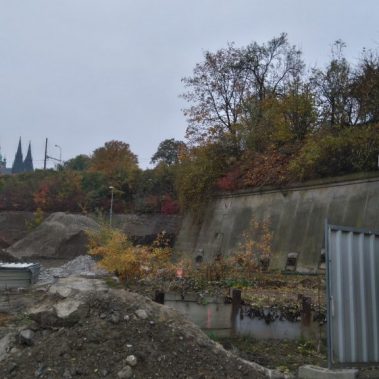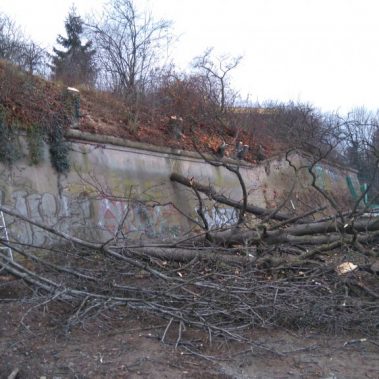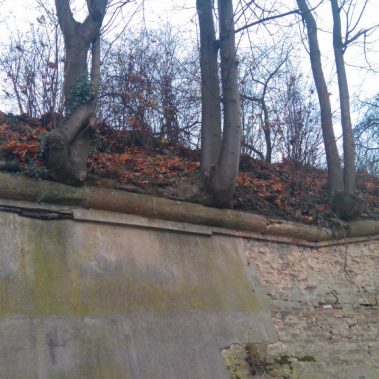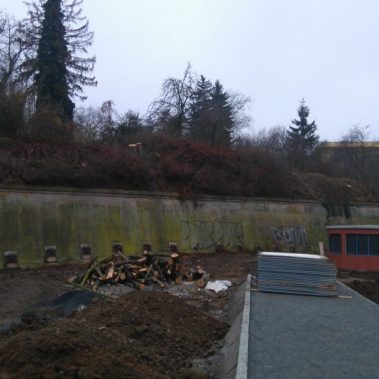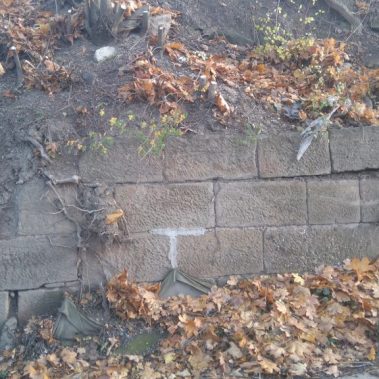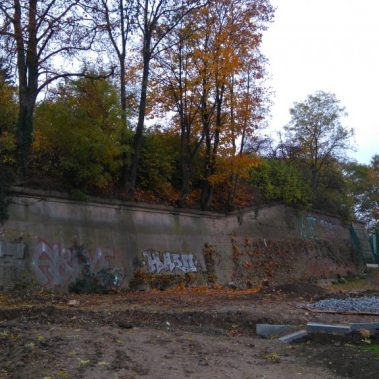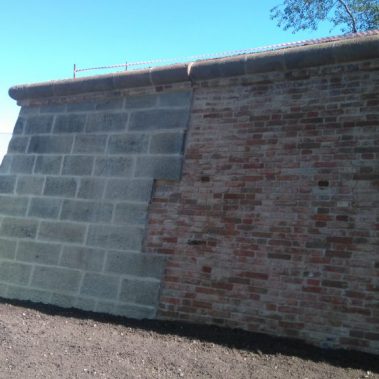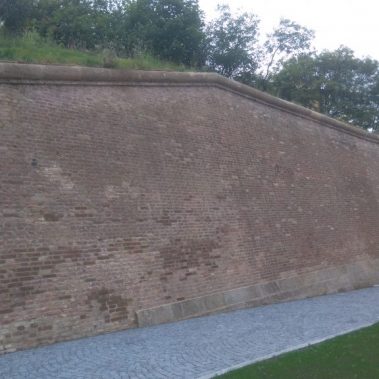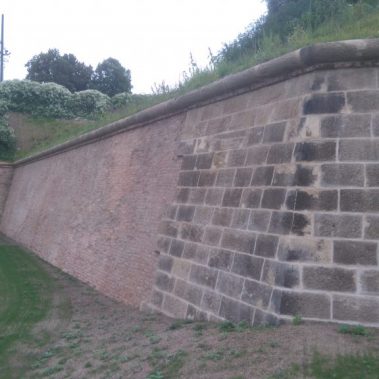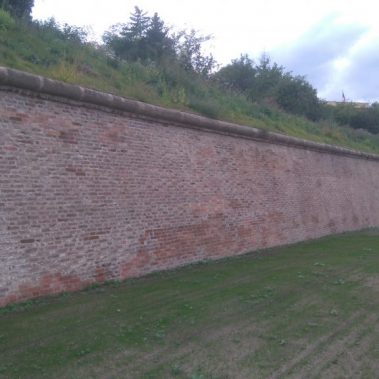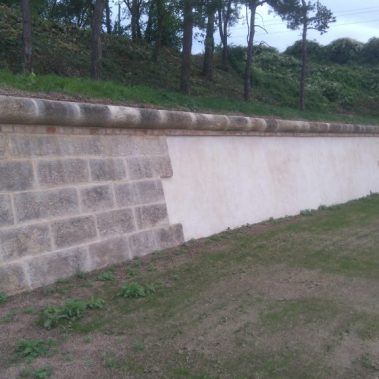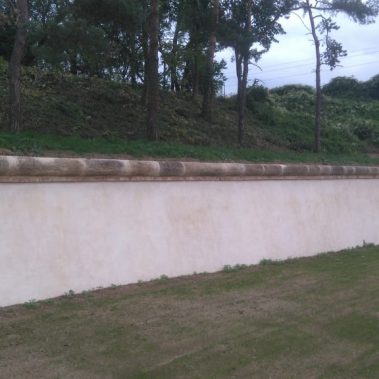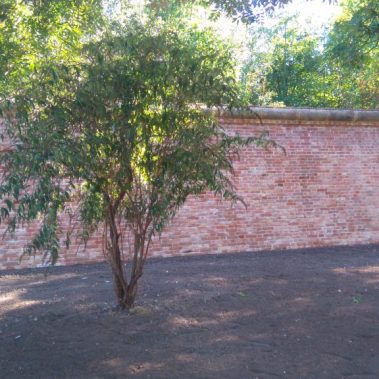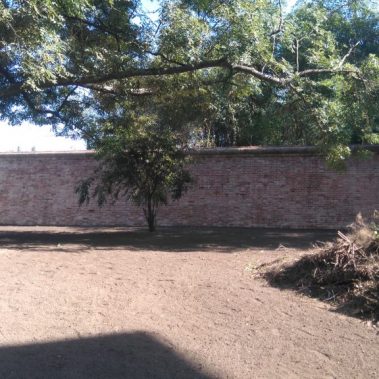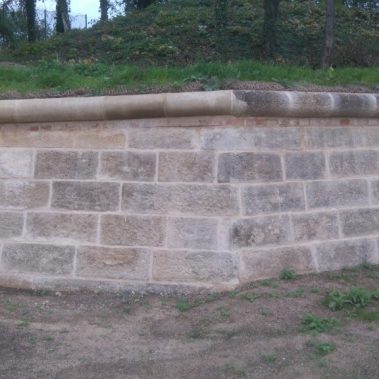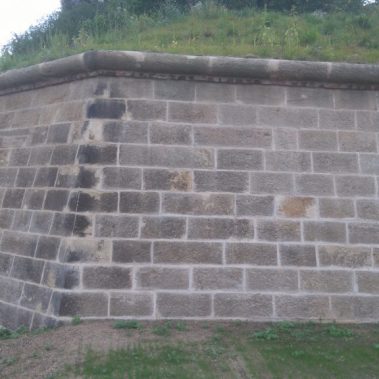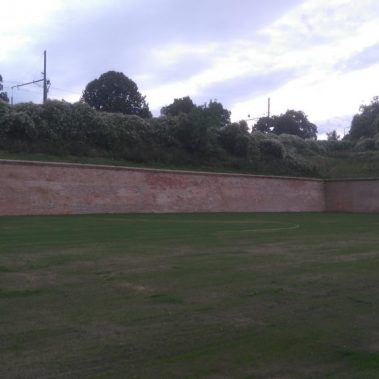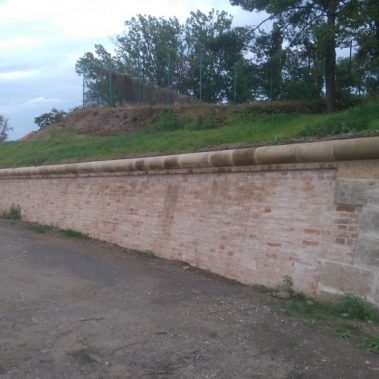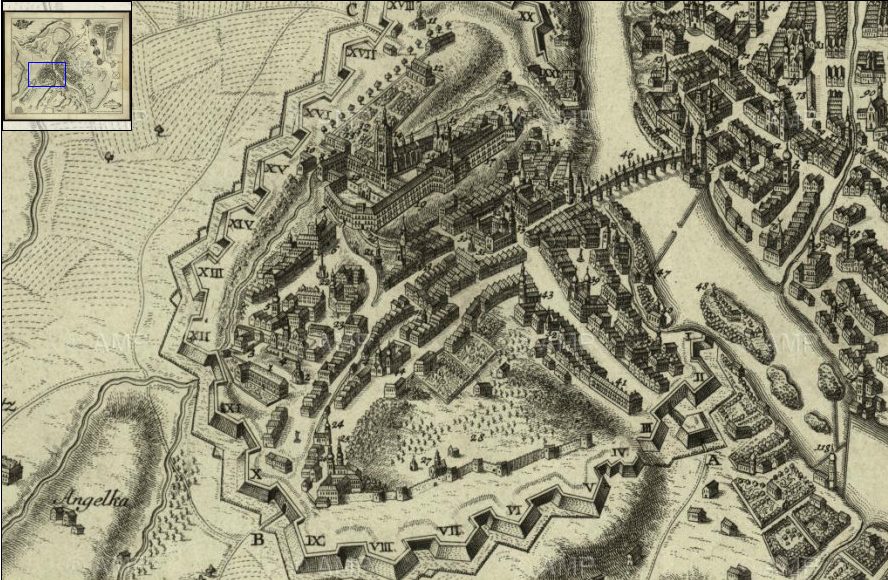
Address:
Building plot 9515 Myslbekova – Prašný most, Prague, Czech Republic
Client:
Metrostav a.s.
Description of work:
Ground and foundations works, vertical and complete structures, stone and masonry works, restoration treatment of stone and brick walls
Realization:
2017
GEMA ART GROUP a.s. carried out preservation and restoration of the Baroque curtain walls above the Blanka tunnel entrance in the section Myslbekova – Prašný most, in Prague 6. The works started after the completion and opening of the “Blanka” tunnel for the public.
The work carried since 2015 was opened with a careful removal of bushes and self-seeded trees. Brick and stone walls of the bastions were breached in many places by the root system of now fully-grown trees. The securing of the Baroque bastions included extensive ground works, excavations, removal of old anchors, boreholes and grouting, insulation against earth dampness, gradual disassembly of degraded parts and adding substitute stones or bricks into the walls. Final works involved mounting of bull nose cap stones to the top of the walls, applying lime plasters and treatment against air and climatic humidity.
The construction project was completed in June 2017. The project was completed within the planned deadline; the entire park complex is opened for the public. The reconstructed masonry was handed over to the client free of defects and backlogs. Representatives of the National Heritage Institute evaluated the construction project as “exemplary” in terms of further reconstructions of the Baroque fortifications around Prague city center.














